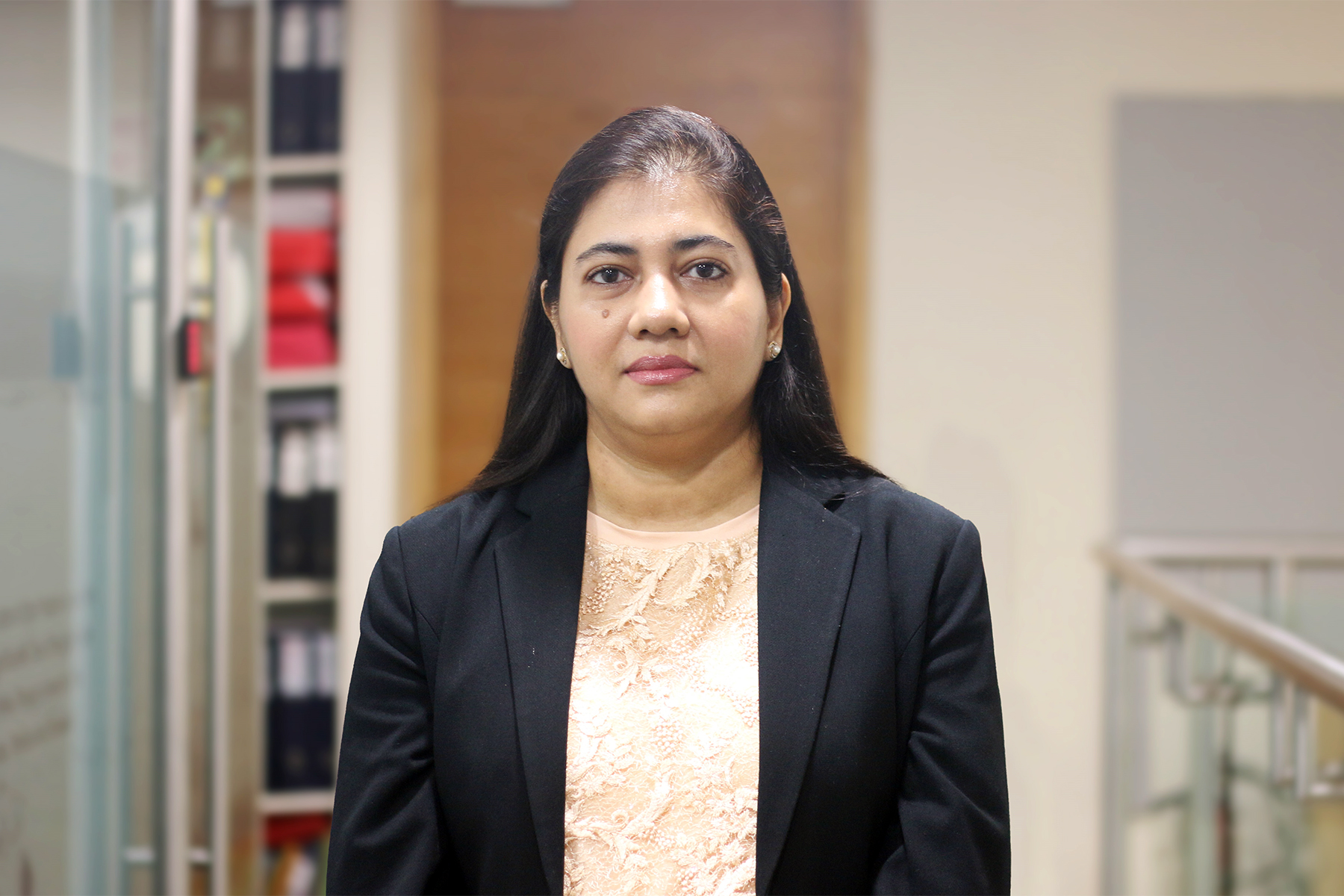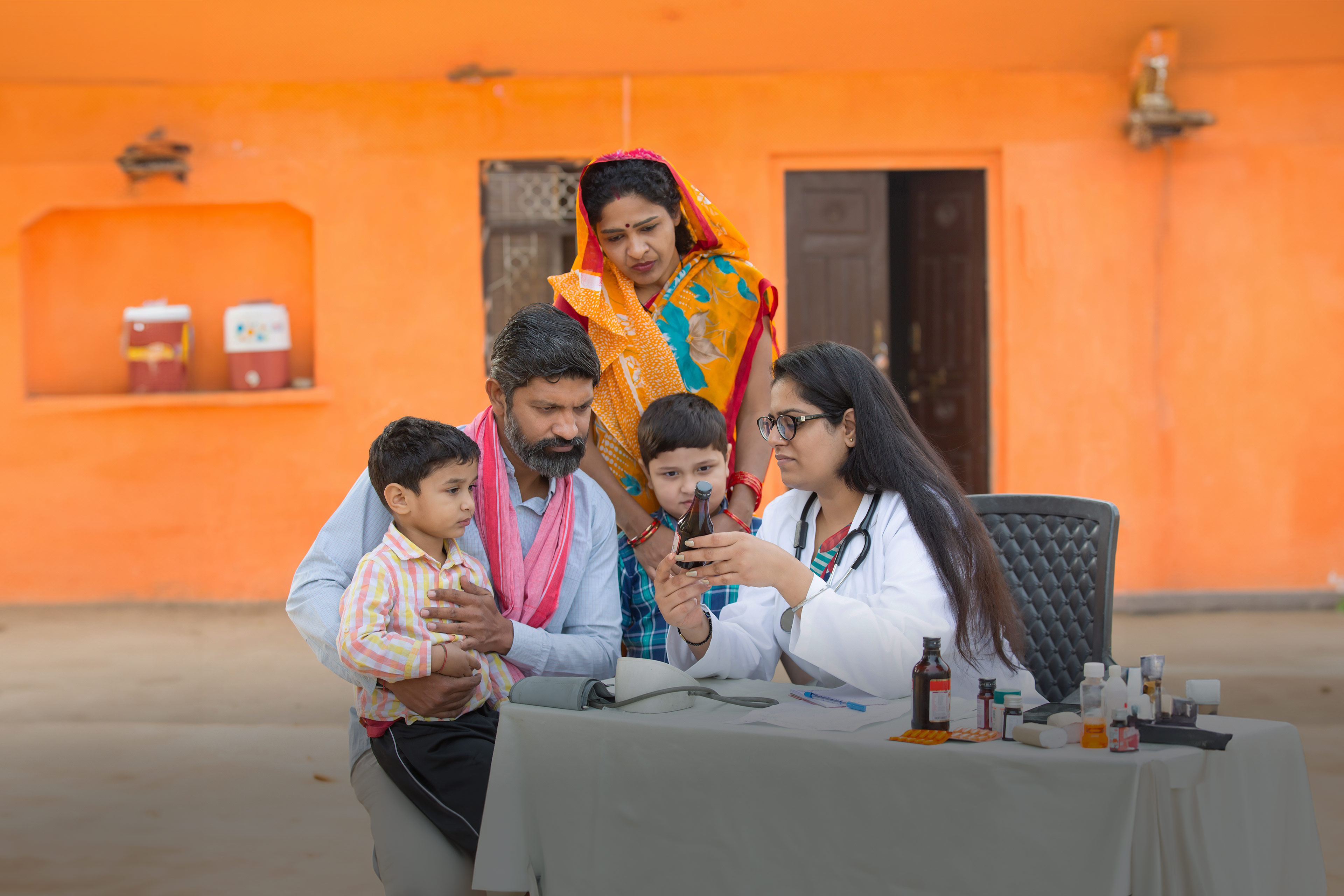Enhancing cancer screening in India and early detection is equally important. Integrating cancer screening packages under schemes like Pradhan Mantri Jan Arogya Yojana (PM-JAY) can increase coverage. Encouraging the use of telemedicine at primary healthcare centers can further bridge gaps in access, particularly in rural areas. Making mammography equipment available at all district hospitals and facilitating home diagnosis for breast cancer are vital steps toward improving early detection.
Accessibility to the latest cancer treatments in India must also be prioritized. Targeted therapies, which can increase survival rates significantly, should be made widely available. Public and private sectors must collaborate to ensure that innovative treatments reach the population. Moreover, state governments should explore differential pricing agreements with pharmaceutical companies to enhance access to these therapies.
Government initiatives for cancer in India should be updated to include enhanced coverage for specific diseases like cancer, especially following screenings. Revising reimbursement rates for surgical and radiation therapies is also critical to ensure that patients receive adequate financial support.
Lastly, the establishment of a nodal agency dedicated to cancer care would be a big step forward. Such an agency could oversee the consolidation of cancer control efforts, strengthen the cancer information system and monitor the effectiveness of various initiatives. The success seen in HIV control through the establishment of NACO serves as a promising model for similar advancements in cancer care.
The rising cancer burden in India calls for immediate, concerted efforts to enhance cancer awareness in India, improve screening rates and ensure access to affordable treatment. By implementing these recommendations, we can work towards creating a more equitable healthcare landscape that prioritizes cancer prevention in India and care for all, ultimately mitigating the devastating impact of this disease on families and communities across the nation.








